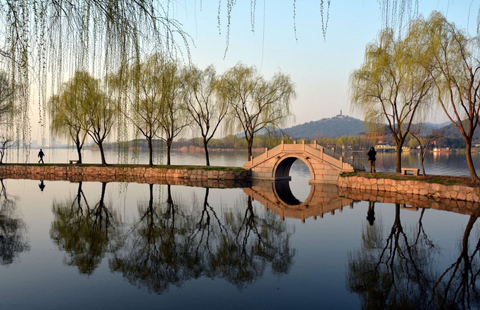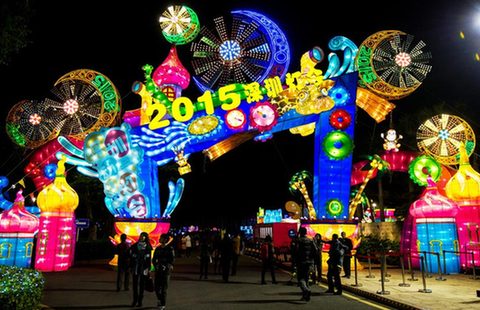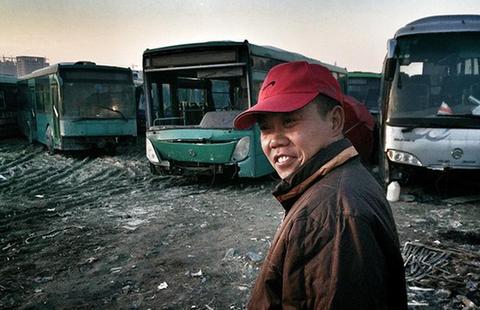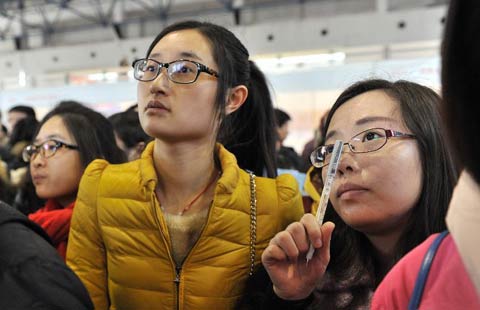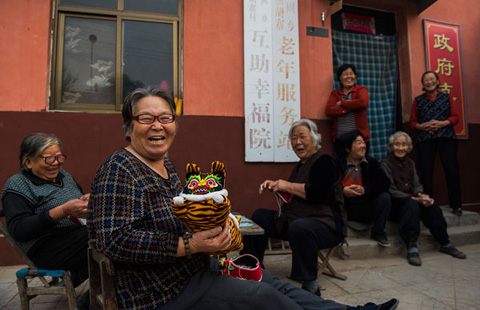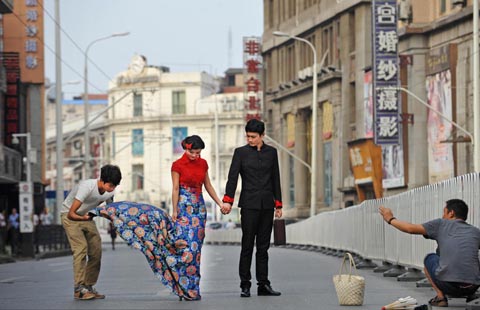Inner strength key for transformation
By ED ZHANG (China Daily) Updated: 2014-12-22 11:29Easy answers won't work, country needs to create environment for development
No one knows if China's leaders have read the book Antifragile: Things That Gain From Disorder (2012) by Nassim Taleb, an author widely read in the business community, whose fame was first built on The Black Swan (2007). But the central idea-resilience (the highest version of which Taleb names "antifragile")-was picked up in the official communique of the Central Economic Work Conference, the highest-level economic policy-making event in China.
Through the painful struggle in redirecting its economy from a heavily export-dependent one to one more driven by domestic consumption, China has only now begun to realize that it will have to rely more on its inner strength to grow as it changes.
People call it resilience. But as Taleb says, there is no perfect word for that quality. What he calls "antifragility" is beyond resilience or robustness. The resilient resists shocks and stays the same; the "antifragile" gets better, he said.
Judging from the way that Chinese leaders talked about the economy's "new normal", one can be sure that they certainly don't expect the economy, drastically changed from the days before the 2008 global financial crisis, to somehow change back to its earlier incarnation.
The conditions that allowed for China's fantastic growth in the past 30 some years do not exist any longer. What the leaders want it to do is to continue to grow, albeit at a lower speed and in changed conditions.
The Central Economic Work Conference communique furnished a concise but comprehensive summary of China's new normal, from industry's rising costs, and implicitly waning competitiveness in cheap manufacturing, to a lack of many modern services that still plague all cities.
It touches upon demography, first of all the fact that when there is no longer an abundant labor supply, the nation's aging process quickens.
It states, with all seriousness, that so much damage has been done to the environment that the nation's past model of development is simply unsustainable.
In all, the new realities are tough, and it is unrealistic for officials and managers to harbor the wishful thinking that one day they can relive their past to lead global economic growth. The economy simply cannot grow so fast.
To generate new growth in these new conditions, the country obviously has to rely on some strength that has never played out before.
In the 1980s, China relied on the freedom that it gave to farmers to manage their private farms or small factories. In the 1990s, it relied on a continuous influx of foreign investment in the manufacturing industry. In the 2000s, thanks to its accession to the World Trade Organization, it relied on the massive, global demand for made-in-China goods.
Now, where is the new strength? After two years of struggle, the answer is fairly clear now.
If China counts on only large State-owned enterprises, including State-owned financial institutions, for adapting to the new normal, or if it only resorts to old development strategies-such as promising abnormally low costs to large manufacturers-there will be a new normal, but not new growth.
It must work even more with the market, and create an emancipating environment for a much wider spectrum of society, in order to tap the nation's hidden potential.
The latest official figures show that from 2008 to 2013, during the economy's most difficult period, the number of industrial and service companies still increased by more than 50 percent (or 3.75 million in number) to more than 10.8 million in total.
Of all the companies in the country, more than 70 percent now belong to the private sector.
This is enough evidence that the most competitive, and therefore least fragile, part of the economy is the private sector, which is less favored and less protected by the government.
How can the government effectively accommodate the development of more market-oriented companies? How can it introduce market forces into areas where competition is so far limited, such as financial services, healthcare and education? How can China continue to build up its resilience by overcoming the resistance from old interests and dogmas? This is the real challenge of China's new normal in 2015.
Resilience, or antifragility, is the key.
The author is editor-at-large of China Daily.
- Nothing wrong with a little healthy risk
- Growth at the crossroads of change
- China likely to lower oil prices
- High-quality trains to speed up GMS connectivity
- Natural gas benefits southern Xinjiang region
- 1 in 10 drivers admit they drive after drink
- China's e-commerce giants eye rural market
- China, Fiji to start 1st charter flight

